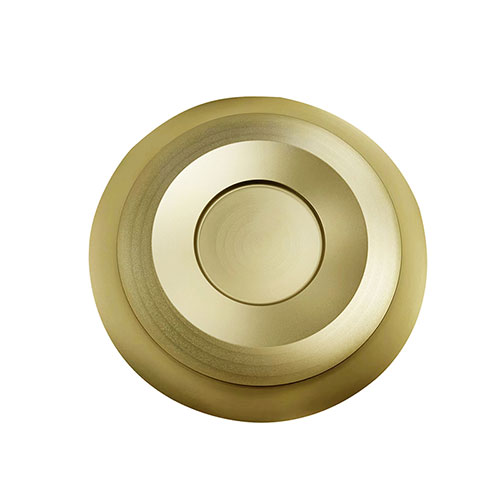Unlocking Extreme Performance with Tantalum Carbide Coating
2025-06-04
In the world of advanced engineering and materials science, performance under extreme conditions often defines success or failure. Whether in aerospace, nuclear energy, or cutting tools, components must resist wear, corrosion, and heat. That’s where Tantalum Carbide (TaC) coating steps in as a game-changing solution.

What is Tantalum Carbide Coating?
Tantalum Carbide is a ceramic material formed by combining tantalum with carbon. It is known for its exceptional hardness, high melting point (around 3880°C), chemical inertness, and strong thermal and electrical conductivity. When used as a coating, TaC significantly enhances the surface properties of metals and ceramics, allowing them to endure in the harshest environments.
Key Benefits of Tantalum Carbide Coating
1. Extreme Hardness
With a hardness approaching that of diamond (Mohs 9–10), TaC coatings provide outstanding wear resistance. This makes them ideal for applications like cutting tools, drills, and dies.
2. High-Temperature Stability
Tantalum Carbide can withstand ultra-high temperatures without losing integrity. It’s commonly used in aerospace and nuclear reactors where materials face intense thermal stress.
3. Corrosion and Oxidation Resistance
TaC coatings form a protective barrier that resists chemical attack and oxidation, even in aggressive environments involving acids, salts, or high humidity.
4. Enhanced Tool Life
By applying TaC coatings to tools and components, manufacturers can significantly increase their lifespan and performance, reducing maintenance costs and downtime.
5. Superior Surface Protection
This coating prevents surface degradation in high-load or high-speed applications, making it suitable for bearings, engine components, and military-grade hardware.
Common Applications
Aerospace components exposed to extreme heat and pressure
Cutting and forming tools for machining hard materials
Nuclear fuel rods and reactors, where radiation and corrosion are critical concerns
Electronic devices for their conductive and heat-resistant properties
Biomedical devices, due to tantalum’s biocompatibility
Deposition Techniques
Tantalum Carbide coatings are typically applied using:
Chemical Vapor Deposition (CVD) for high-quality, uniform films
Physical Vapor Deposition (PVD) for lower temperatures and more controlled thickness
Plasma spraying for thicker coatings on large surfaces
Final Thoughts
Tantalum Carbide Coating represents the frontier of material performance. By offering a unique blend of durability, thermal resistance, and chemical stability, it empowers industries to push the limits of design and reliability.


